The Boston Harbor Islands is collection of 34 islands and peninsulas nestled within the sparkling waters of Massachusetts Bay.
Steeped in history, natural beauty, and recreational opportunities, these islands offer a unique escape from the bustling city life of Boston. From tranquil beaches to historic forts, each island boasts its own distinctive charm and allure.
Whether you’re a history buff eager to explore the remnants of Civil War-era forts, a nature enthusiast seeking refuge in pristine landscapes teeming with wildlife, or simply a visitor looking for a day of relaxation under the sun, a guide to the Boston Harbor Islands has something for everyone.
Join us on a journey through this enchanting archipelago as we uncover hidden coves, scenic trails, and centuries-old structures that tell the story of Boston’s rich maritime heritage.
Let this guide be your compass to discovering the wonders of the Boston Harbor Islands.
A Guide to the Boston Harbor Islands
Located in Massachusetts Bay, just a stone’s throw away from the bustling city of Boston, lie the Boston Harbor Islands. This archipelago consists of 34 islands and peninsulas, each with its own unique history, natural beauty, and recreational opportunities.
From serene beaches to historic forts, the Harbor Islands offer a diverse range of experiences for visitors to explore. Whether you’re a history buff, a nature enthusiast, or simply seeking a day of relaxation by the sea, the Boston Harbor Islands have something for everyone.
Getting There
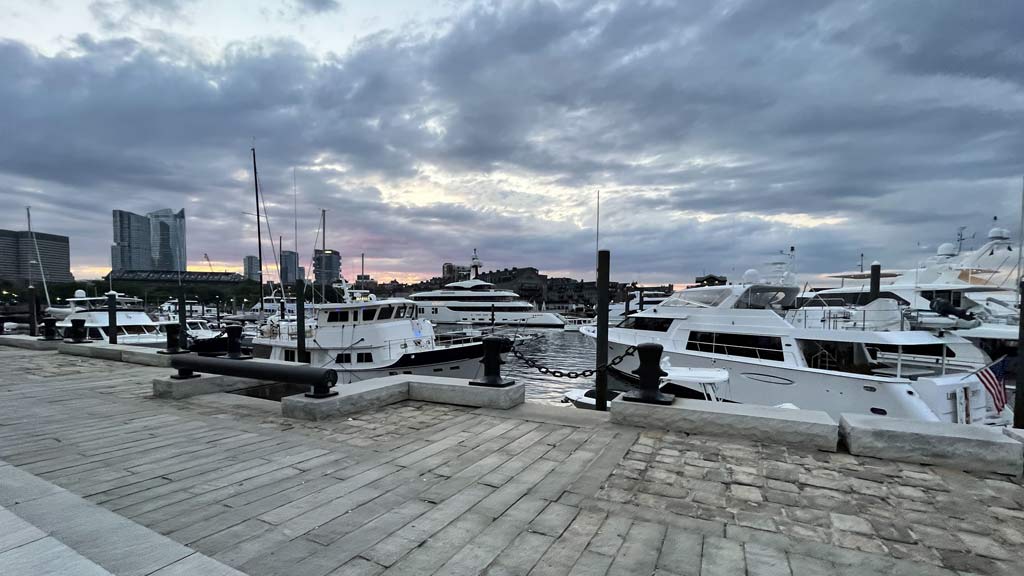
The Boston Harbor Islands are accessible by ferry from several locations along the Boston waterfront, including Long Wharf, the New England Aquarium, and Quincy.
Ferry schedules vary depending on the season, so it’s advisable to check ahead of time. Additionally, some islands are accessible via private boat or kayak, providing adventurous visitors with alternative transportation options.
Georges Island
Georges Island is home to one of the most iconic landmarks in the Boston Harbor Islands: Fort Warren. This historic fort, dating back to the Civil War era, offers guided tours that provide insight into its rich military history.
Visitors can explore the fort’s underground tunnels, artillery batteries, and sweeping views of the harbor. Georges Island also features picnic areas, walking trails, and a sandy beach, making it an ideal destination for a day trip with family and friends.
Spectacle Island
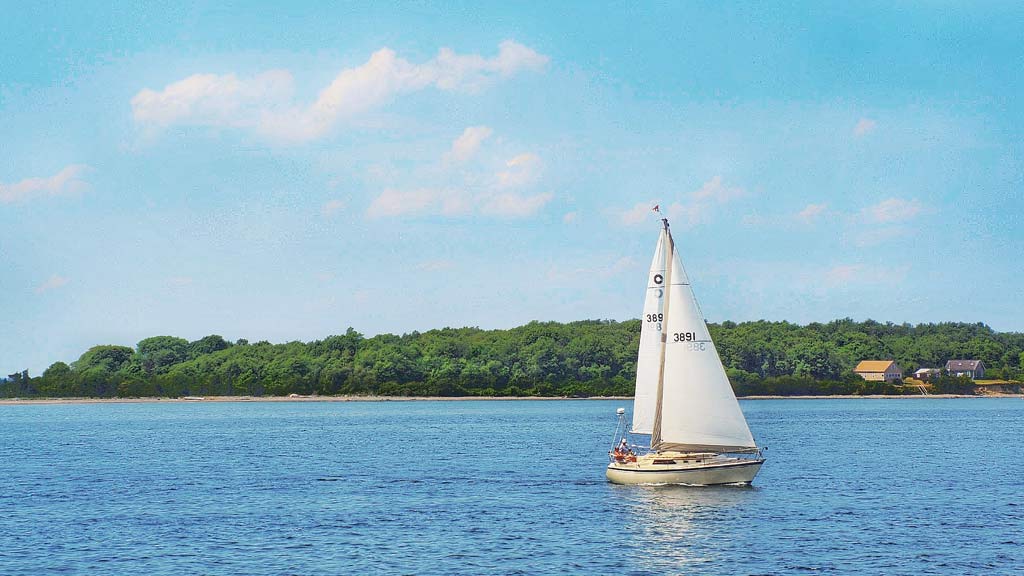
Named for its distinctive shape resembling a pair of spectacles, Spectacle Island is a popular destination for outdoor enthusiasts. The island boasts hiking trails, scenic overlooks, and a visitor center with exhibits on its ecological restoration efforts.
Visitors can hike to the summit of Spectacle Hill for panoramic views of the Boston skyline and surrounding islands. The island’s sandy beaches are perfect for swimming, sunbathing, and picnicking during the summer months.
Peddocks Island
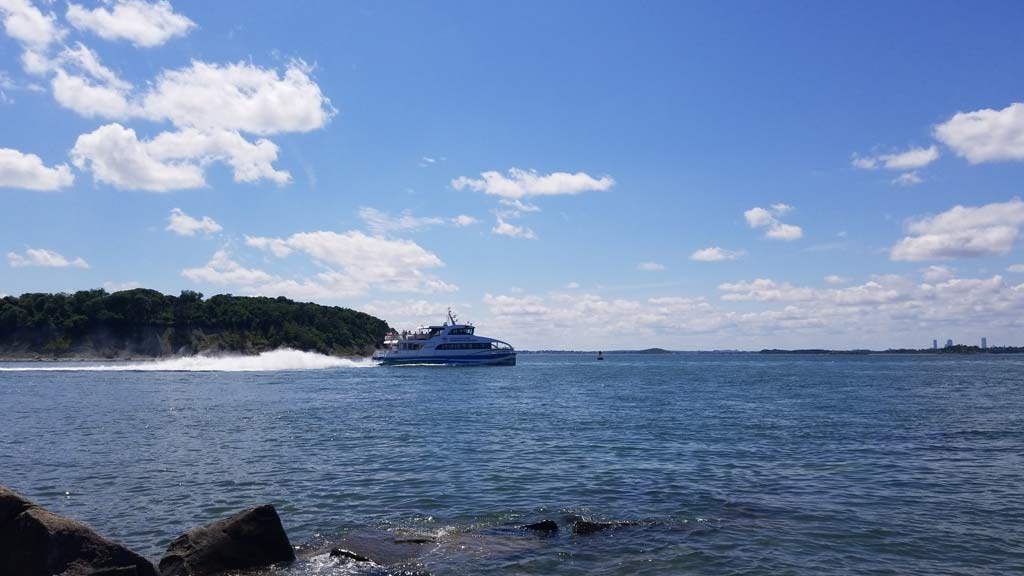
Peddocks Island offers a unique blend of history and natural beauty. The island is home to Fort Andrews, a former military installation that served as a coastal defense during World War II.
Today, visitors can explore the fort’s ruins and learn about its role in defending the Boston Harbor. Peddocks Island also features hiking trails, campsites, and beaches where visitors can relax and enjoy the tranquil surroundings.
Recreational Activities
In addition to exploring the island’s historic sites and natural landscapes, visitors can enjoy a variety of recreational activities on the Boston Harbor Islands. Popular activities include hiking, picnicking, birdwatching, fishing, kayaking, and swimming.
The islands offer numerous trails for hiking and walking, ranging from easy strolls to more challenging hikes.
Kayakers can paddle around the island’s rocky shores and protected coves, while anglers can cast their lines from the shores or fishing piers. Swimming is permitted at designated beaches on select islands, providing a refreshing escape from the summer heat.
Thompson Island
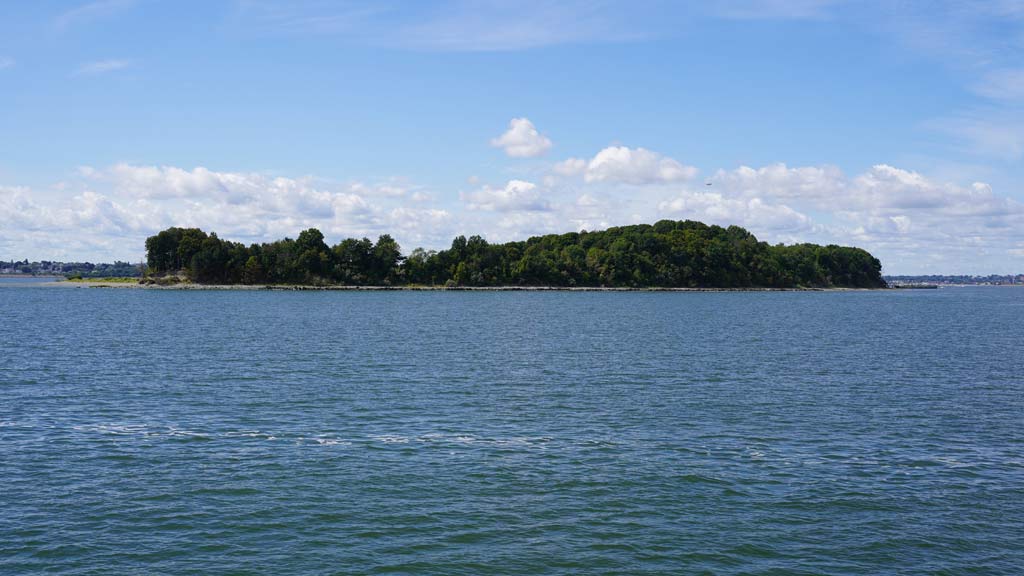
Thompson Island is known for its educational and recreational programs offered by the Thompson Island Outward Bound Education Center.
Visitors can participate in team-building activities, outdoor adventures, and environmental education programs led by experienced instructors.
The island also features hiking trails, salt marshes, and historic buildings dating back to the 19th century. Thompson Island provides a unique opportunity for visitors to learn, explore, and connect with nature.
Visitor Information
Before visiting the Boston Harbor Islands, there are a few things to keep in mind. Check the ferry schedule and purchase tickets in advance, especially during peak season. Be prepared for changing weather conditions, as the islands are exposed to the elements.
Bring sunscreen, water, snacks, and appropriate clothing for outdoor activities. Observe wildlife from a distance and avoid disturbing their natural habitat. Practice Leave No Trace principles and pack out all trash and litter.
What Is Boston Harbor Famous For?
Renowned for its pivotal role in American history, economic vitality, scenic beauty, and environmental challenges, Boston Harbor holds a prominent place in the collective consciousness of locals and visitors alike.
Let’s explore the multifaceted fame of Boston Harbor through its various dimensions:
Historical Significance
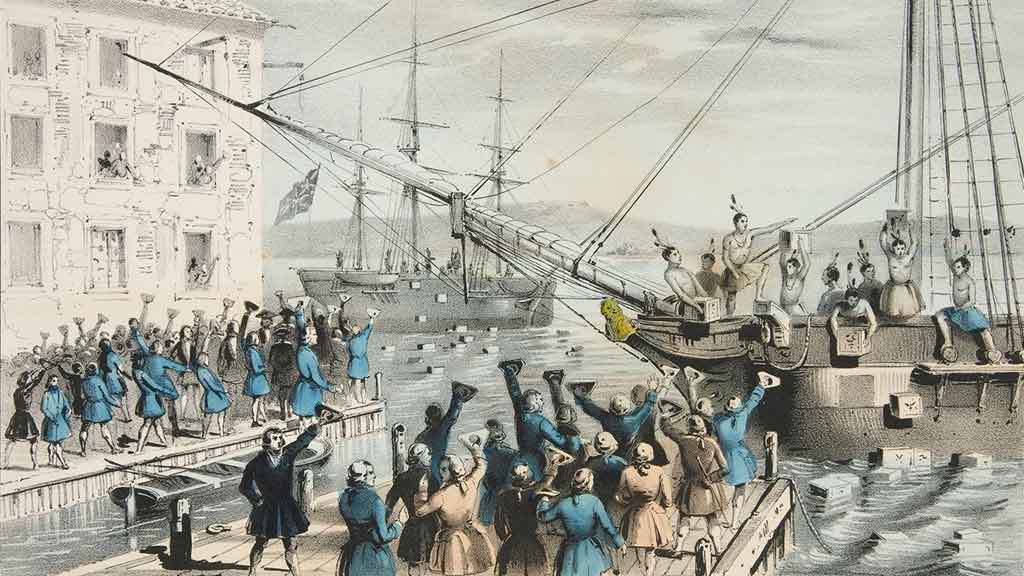
Boston Harbor’s historical significance is deeply intertwined with the birth of the United States and the struggle for independence from British rule.
As the site of the Boston Tea Party in 1773, where colonists protested against British taxation, the harbor became a symbol of defiance and resistance. This pivotal event catalyzed the American Revolution, forever shaping the course of history.
Economic Importance
Throughout its history, Boston Harbor has been a vital economic artery, facilitating trade and commerce both domestically and internationally.
Its strategic location made it a bustling hub for maritime activities, connecting New England to distant ports across the Atlantic.
From the 18th-century maritime trade to the bustling shipping industry of the 19th and 20th centuries, the harbor played a central role in driving the region’s economic prosperity.
Cultural Landmarks
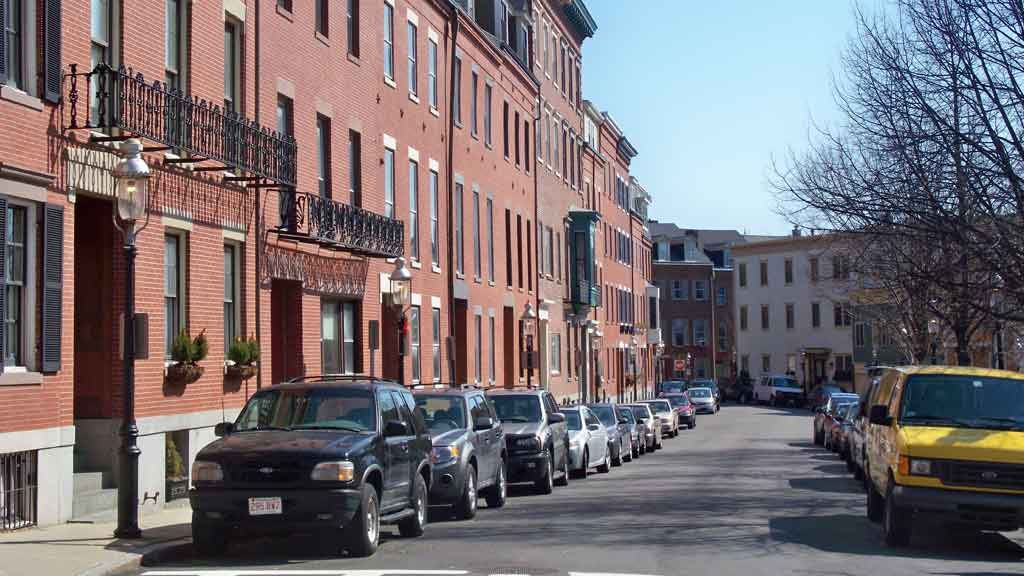
Boston Harbor is home to numerous cultural landmarks that reflect its rich heritage and architectural splendor.
From the iconic Boston Light, the nation’s oldest lighthouse, to the historic waterfront districts of Charlestown and the North End, the harbor’s shores are adorned with monuments, museums, and vibrant neighborhoods that showcase its cultural diversity and historical significance.
Recreational Opportunities
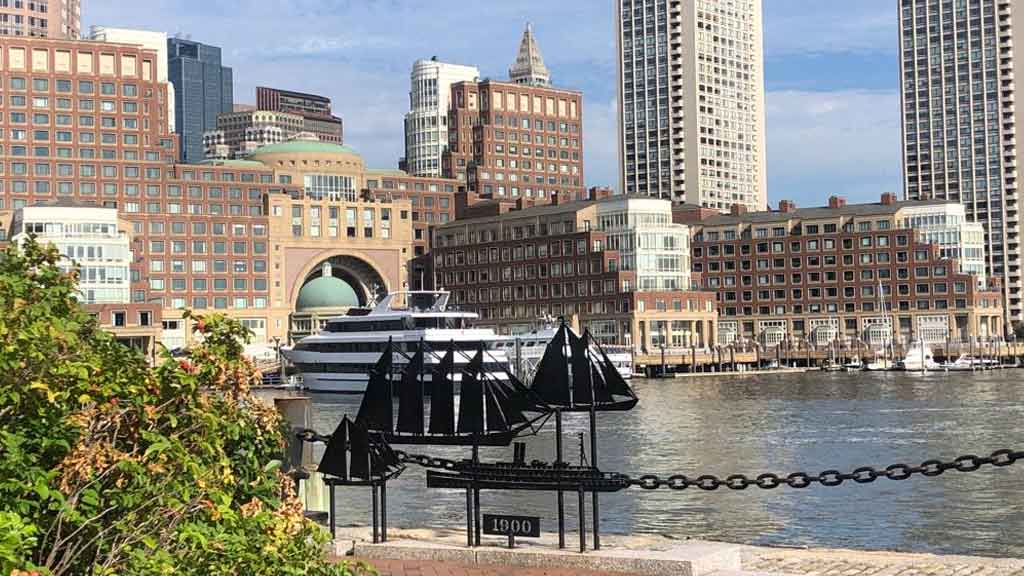
Beyond its historical and economic significance, Boston Harbor offers a plethora of recreational opportunities for residents and visitors alike.
With its scenic waterfront parks, picturesque islands, and bustling harbor cruises, the harbor serves as a playground for outdoor enthusiasts, providing opportunities for sailing, kayaking, fishing, and leisurely strolls along its pristine shores.
Environmental Challenges
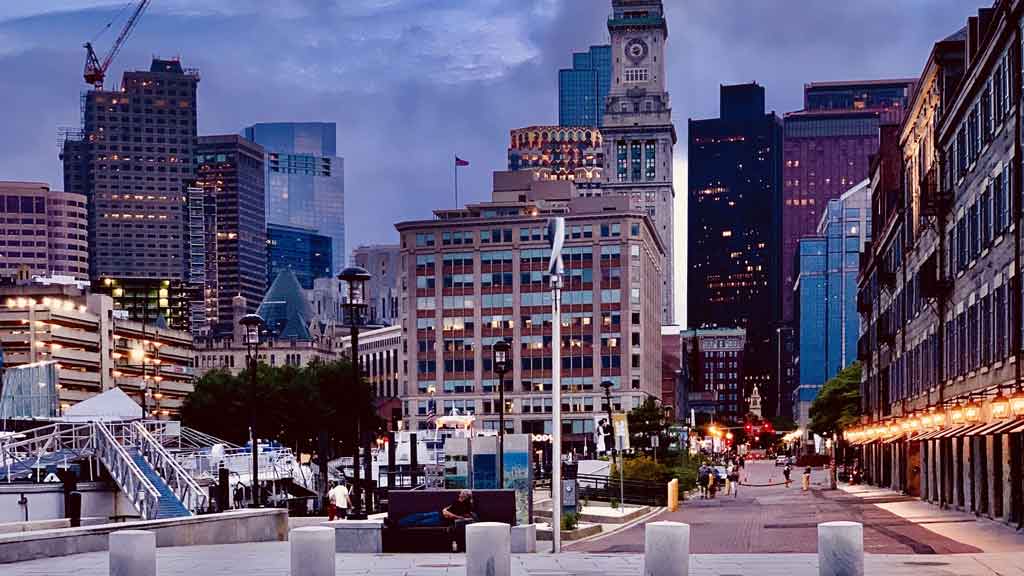
Despite its allure, Boston Harbor has faced significant environmental challenges over the years, stemming from centuries of industrialization, pollution, and neglect.
Decades of sewage discharge and industrial runoff left the harbor severely polluted, earning it the notorious reputation of being one of the nation’s most polluted waterways by the mid-20th century.
Revitalization Efforts
In recent decades, concerted efforts have been made to revitalize Boston Harbor and restore its environmental health.
The cleanup efforts, spearheaded by government agencies, environmental organizations, and community activists, have led to remarkable improvements in water quality, habitat restoration, and recreational access.
The Boston Harbor cleanup stands as a testament to the power of collective action in preserving natural resources and safeguarding the environment for future generations.
Culinary Delights
Boston Harbor’s culinary scene is as diverse as its maritime heritage, offering a delectable array of seafood delicacies and culinary delights.
From traditional New England clam chowder and lobster rolls to innovative seafood creations crafted by renowned chefs, the harbor’s waterfront restaurants and seafood markets tantalize the taste buds of food enthusiasts from near and far.
Cultural Events and Festivals
Throughout the year, Boston Harbor comes alive with a vibrant calendar of cultural events and festivals that celebrate its maritime heritage and cultural diversity.
From the iconic Boston Harborfest, a multi-day celebration of Independence Day, to the Boston Seafood Festival, showcasing the region’s culinary treasures, the harbor serves as a vibrant backdrop for community gatherings and cultural festivities.
FAQs
How many islands make up the Boston Harbor Islands?
The Boston Harbor Islands consist of 34 islands and peninsulas, each with its own unique features and attractions. Some islands are accessible to the public, while others are privately owned or reserved for conservation purposes.
What are some popular activities to do on the Boston Harbor Islands?
Visitors to the Boston Harbor Islands can enjoy a variety of recreational activities, including hiking, picnicking, birdwatching, fishing, kayaking, and swimming.
The islands offer numerous trails for hiking and walking, as well as opportunities for water-based activities such as kayaking and swimming at designated beaches.
How do I get to the Boston Harbor Islands?
The Boston Harbor Islands are accessible by ferry from several locations along the Boston waterfront, including Long Wharf, the New England Aquarium, and Quincy.
Ferry schedules vary depending on the season, so it’s advisable to check ahead of time. Additionally, some islands are accessible via private boat or kayak for those seeking alternative transportation options.
Are there any guided tours available on the Boston Harbor Islands?
Yes, guided tours are available on some of the Boston Harbor Islands, particularly those with historic sites such as Fort Warren on Georges Island.
These tours provide insight into the islands’ rich history and natural features, led by knowledgeable guides who share fascinating stories and information about the area.
Can I camp on the Boston Harbor Islands?
Yes, camping is allowed on select islands in the Boston Harbor Islands National Recreation Area.
Peddocks Island and Grape Island offer designated campsites for overnight stays, providing visitors with a unique opportunity to experience the islands’ natural beauty under the stars.
Conclusion
As your journey through the Boston Harbor Islands comes to an end, take with you the memories of serene moments spent amidst breathtaking landscapes and the echoes of history resonating within the walls of ancient forts.
Whether you’ve explored the rugged trails of Spectacle Island, wandered through the wildflower meadows of Peddocks Island, or marveled at the panoramic views from atop Fort Warren on Georges Island, the experiences gained here will linger in your heart long after you’ve departed.
But the allure of the Boston Harbor Islands extends far beyond mere exploration; it’s a testament to the enduring relationship between humanity and nature, a sanctuary where urban dwellers can find solace in the embrace of the sea.
Whether you’re a seasoned adventurer or a first-time visitor, the Boston Harbor Islands offer endless opportunities for discovery, relaxation, and inspiration. So, get ready to unveil new wonders and create lasting memories.
Naim Benmayor